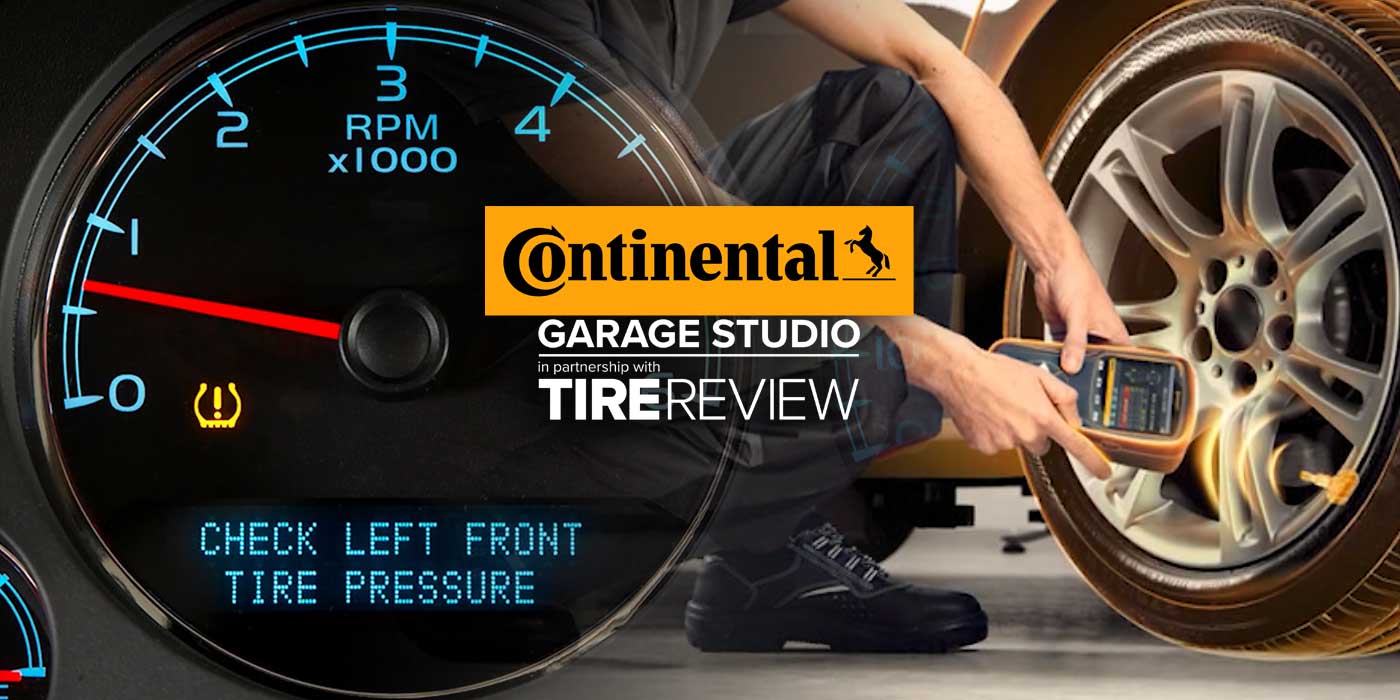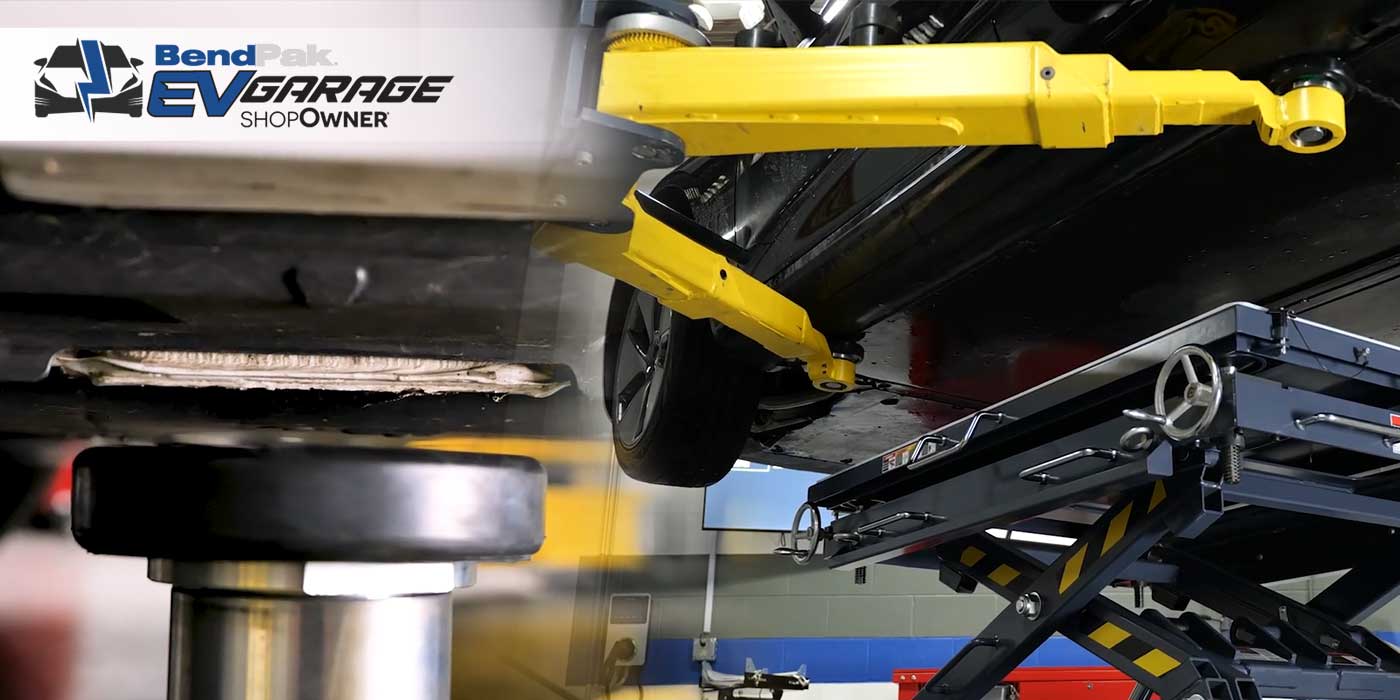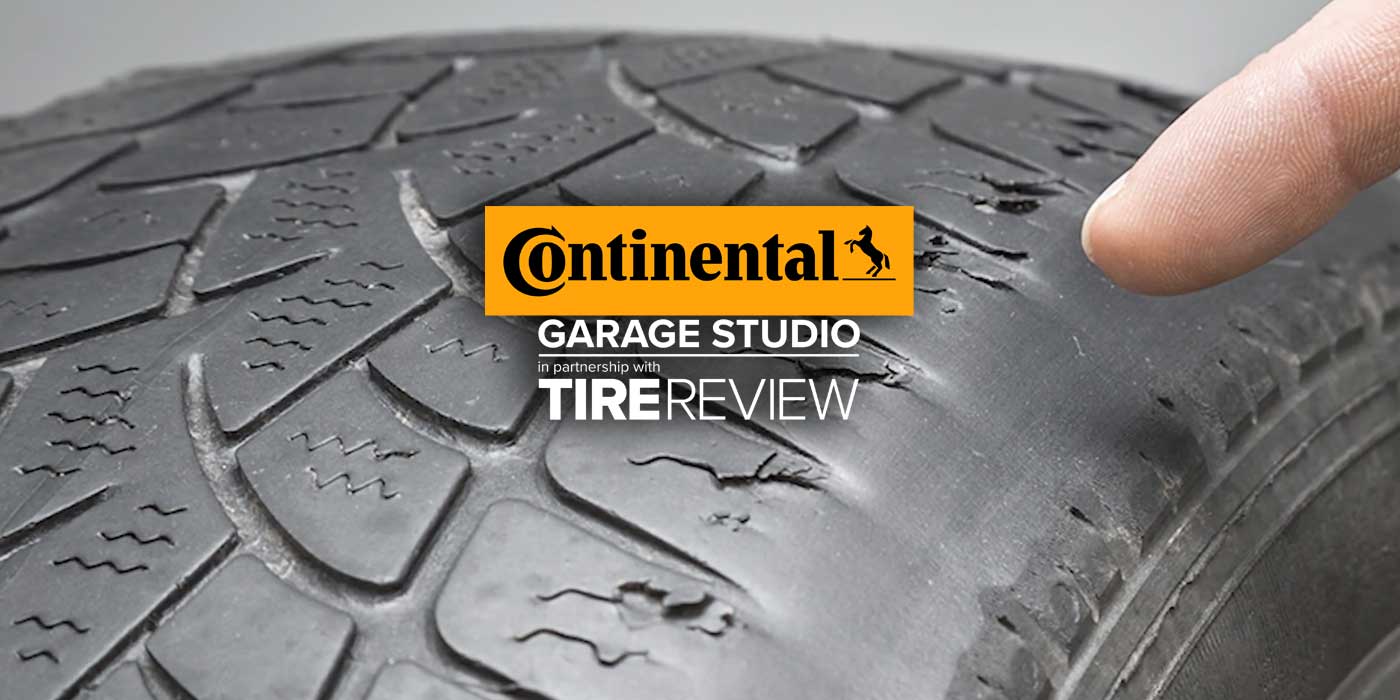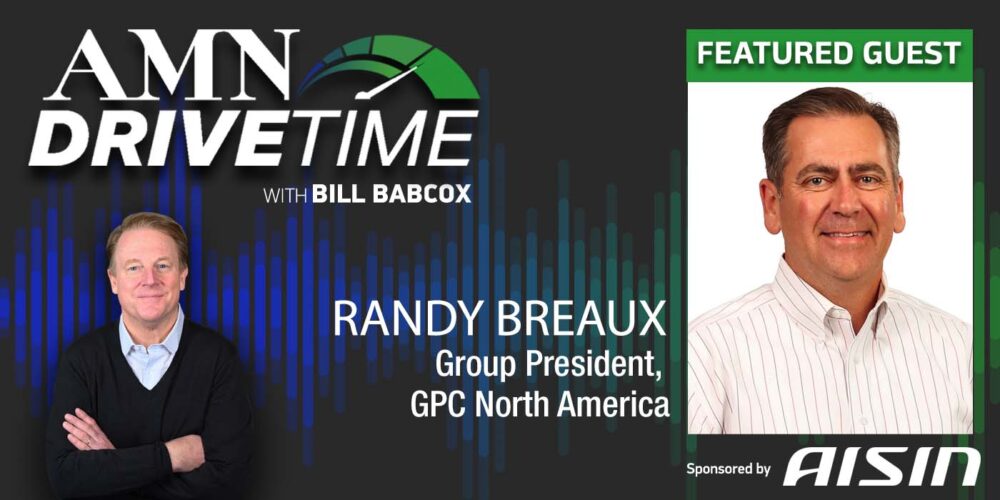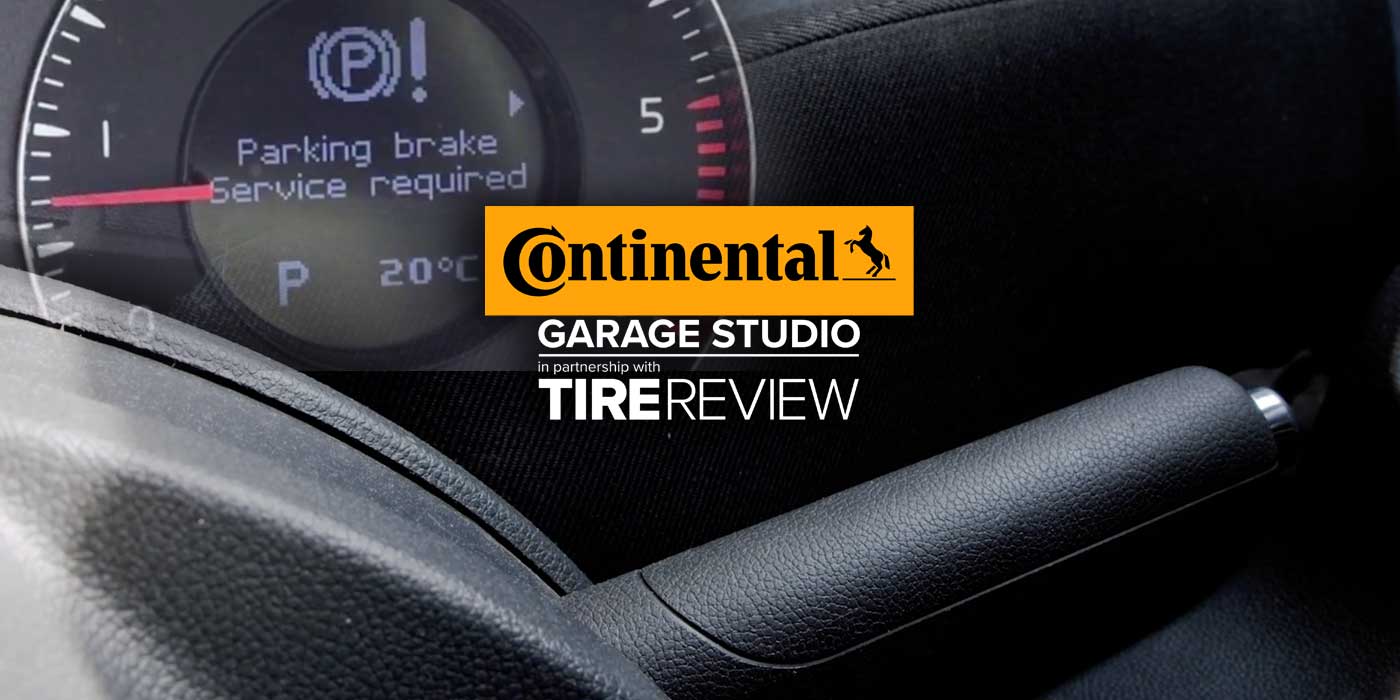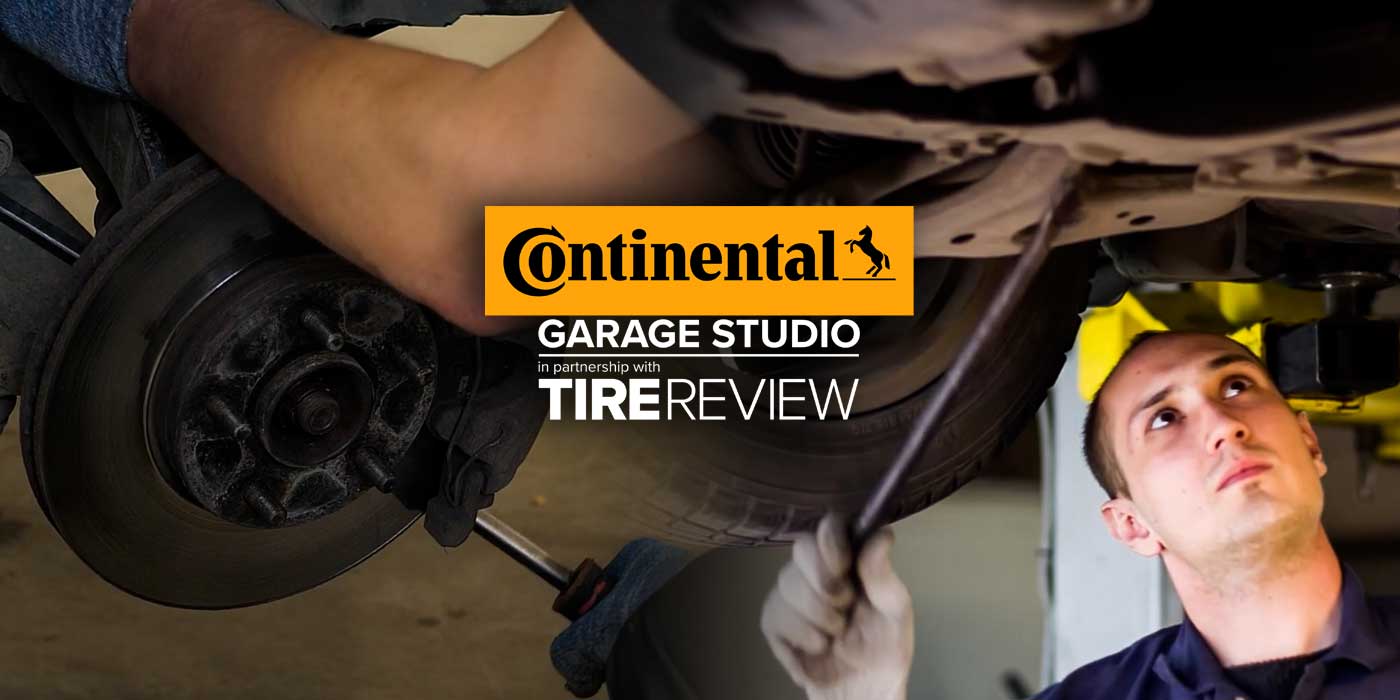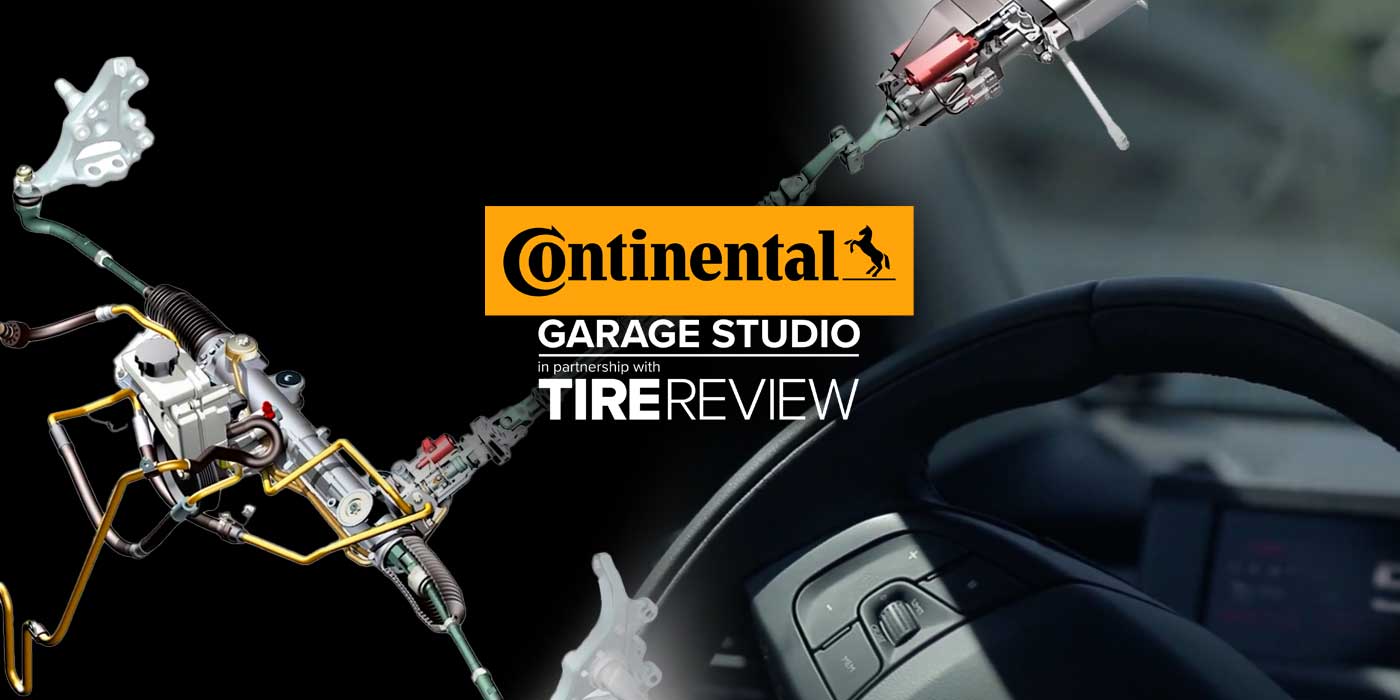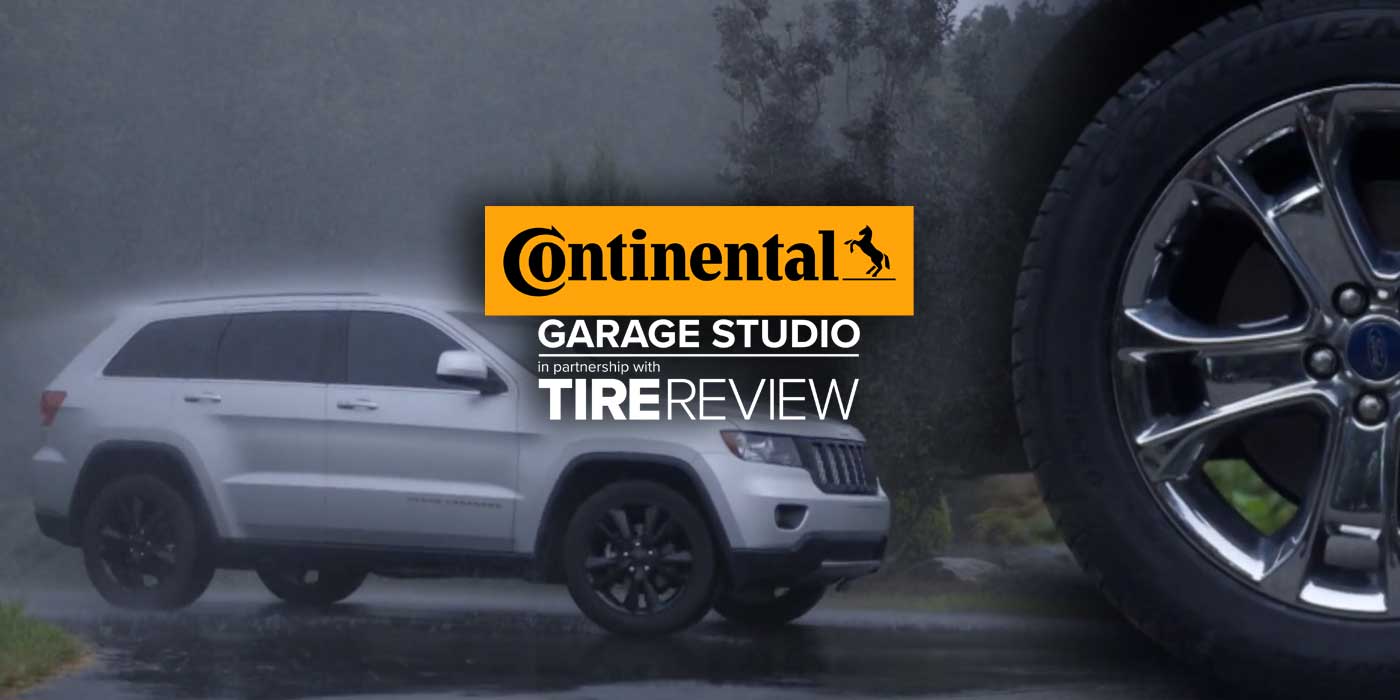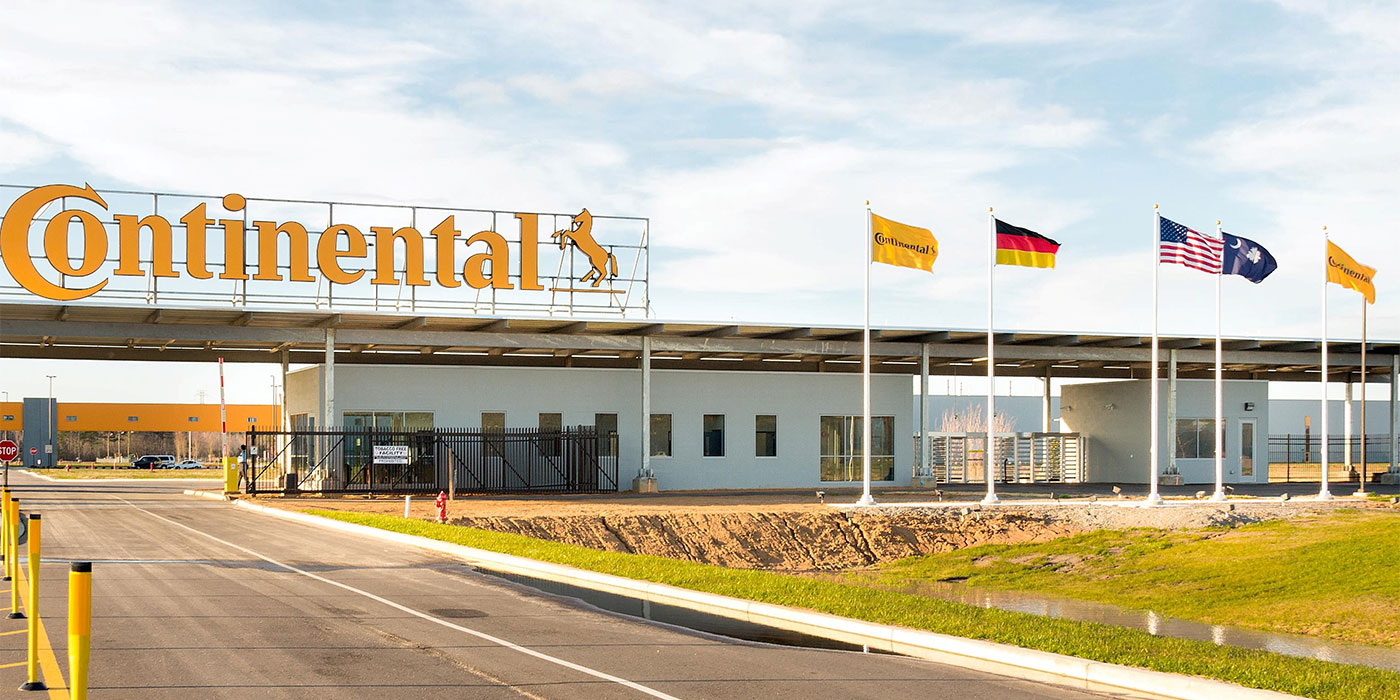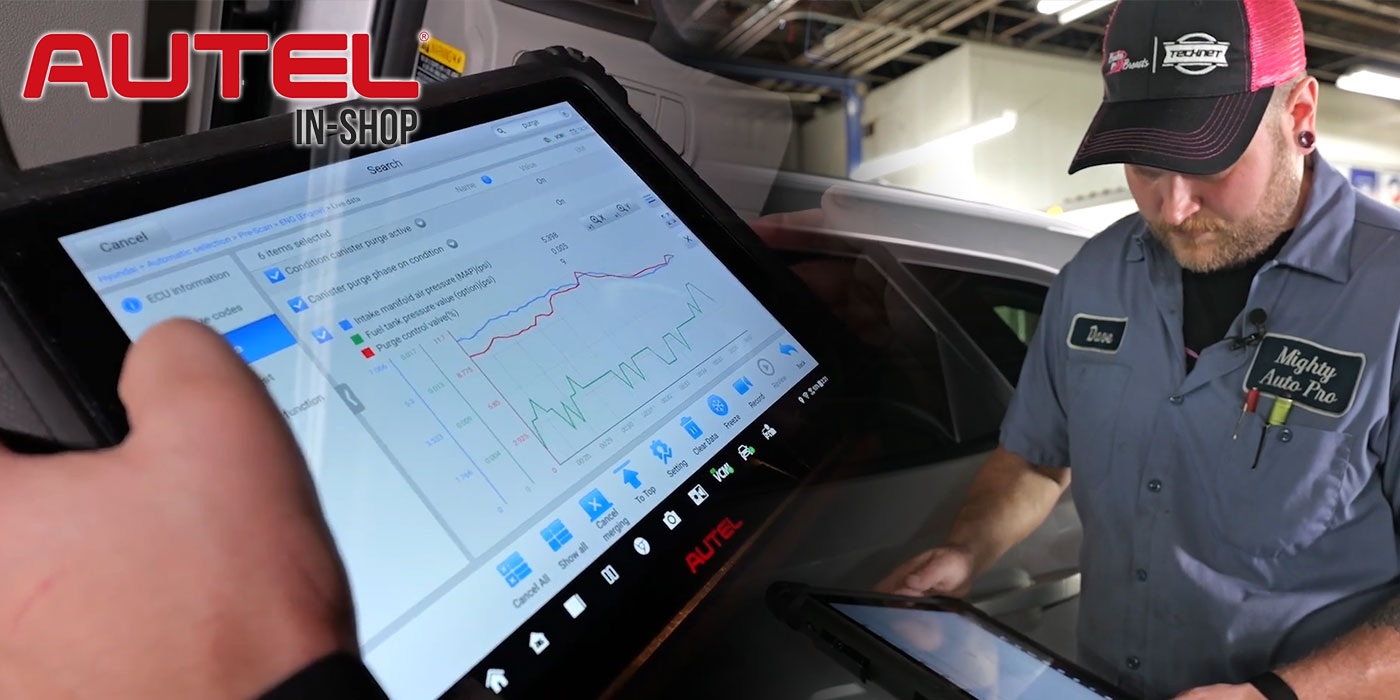What is stopping you from doing more alignments? Let me guess, it’s a combination of factors like billable time, equipment and market rates for alignments. Essentially, you are struggling to generate profit from alignments, try to stay competitive with pricing and have outdated alignment equipment that just makes the issue worse.
Let’s talk about how to dig yourself out of this alignment hole.
Overcoming pricing hurdles is the first step to increasing alignment services. Rather than worrying about matching competitors’ prices, consider the value of your service. By effectively communicating the importance of alignment to customers, they’ll understand why it’s needed and be less likely to negotiate on price.
How much should you adjust your prices, though? A straightforward approach is to determine what’s fair and add 25 to 35%. Taking this step is not price gouging but, it’s correcting chronic underpricing in the industry.
Modern vehicles have diverse designs and alignment procedures, with varying ADAS calibration requirements, leading to increased labor for adjustments. To optimize efficiency and profitability, try separating initial readings and adjustments into two different services. Formerly labeled as an “alignment check,” this first step solely measures angles. If adjustments or calibrations are needed, they should be priced separately based on procedures and parts.
If you are dealing with target, software or rolling compensation procedure difficulty, it will affect your shop’s productivity. With the readings from the alignment check, you can form a repair strategy that will adjust the angles and ensure all electronic features, like ADAS, function. This will typically give the customer a more accurate alignment.
Some customers may assume an alignment will solve their problem with their suspension or steering. Look at alignment like you look at TPMS: test before you touch. In the case of TPMS, this method can prevent a shop from getting blamed because a sensor stops working. Alignment repair orders might just request an alignment with no symptoms reported. When the alignment doesn’t fix the problem, some customers may blame the alignment.
To prevent this, begin by asking the customer about any symptoms they may be experiencing, like pulling, noises or tire excessive wear. Frequently, customers will tell you their concerns and explain why they believe an alignment could resolve their issue. Before fully believing what they have to say, always check for any malfunctioning indicator lights or warnings. This step can prevent you from aligning a vehicle with other issues, such as brakes, steering or even ADAS problems.
Remember, there’s always a way to dig yourself out of the alignment hole. By addressing pricing obstacles and communicating the value of your service, you can enhance profitability and retain customer trust.
Don’t forget to follow us on Instagram and Facebook and subscribe to our YouTube channel for more tire, service and shop operations videos.

